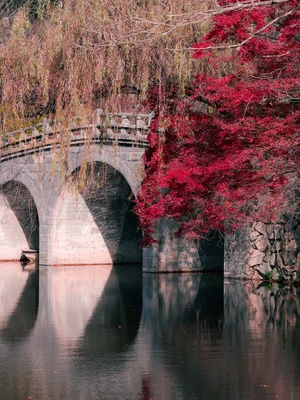Chasing the Last Cherry Blossoms
luggage What's included
star What Our Guests are Saying
explore Experience on This Tour
Riding the cable car, we are greeted by the majestic panoramas of Seoraksan, which many Koreans call the most beautiful national park in the country… And suddenly, along the path leading to the mysterious Rocking Stone, a pink cloud appears!
The main temple of Gyeongju, the “Golden City.” Visitors usually hurry inside to explore this UNESCO World Heritage site. But today, for some reason, they turn at the entrance into a quiet grove — where the fluffy, pale-pink clusters of late-blooming cherry trees have become the main attraction of mid-April.
Yet our journey is not only about chasing late blossoms. In Andong, we will uncover the secret of hanji paper: it preserves texts and paintings for centuries, while others fade to dust. What is its secret?
Busan greets us with the cheerful laughter of fish market vendors, the taste of the freshest seafood, the smell of the sea, and stunning coastal views from high above the city!
Returning to Seoul completes the circle. But here, spring may still offer you one more discovery — quiet courtyards, old lanes, or an evening by the Han River. That’s why we recommend extending your stay for a couple of nights, giving yourself time for unhurried walks and personal discoveries.
Traditional Korean Crafts Experience
Authentic cuisine, no searching
Half a day of free time in Busan.
Spring Blossoms Along the Way
Visits to both mainstream and lesser-known destinations within Korea.
Possibility to book additional nights before or after the tour in the same hotels (subject to availability)
Licensed Guide Only
Experiences
Base Hotels
Prices guaranteed upon booking. Program confirmation within 48 hours, subject to availability.
